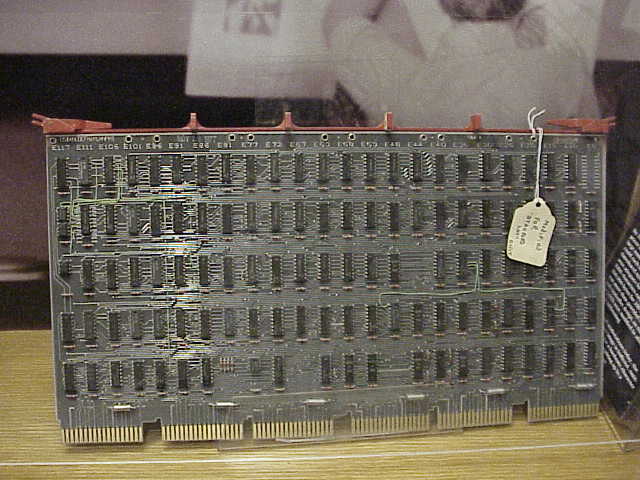 |
 |
 |

|
 |
Students at Stanford's Low Overhead Timesharing System (LOTS).
ACME
Center left: Indicator light box from the Stanford Medical School
ACME Timesharing and Data-accquistion System (1966-1972).
Designed by
Robert Flexer, Klaus Holtz, David Cummins, and Gio Wiederhold. These
light boxes were mounted on the IBM 2741 terminals used to communicate
with ACME,
an early timeshared real-time system.
The white light indicated `ACME IS ON', trigered on for
several seconds by periodic pulses sent when the system was running
and available to users. The yellow light `Waiting for you' indicated
that a user action was expected, as hitting Return or
Escape. The green light `Working for you' was triggered on for
a brief period for every time slice allocated to this terminal's
process -- triggers arriving when the light was already on were
ignored. The red light `SPECIAL RUN ON' indicated that real-time
data-acquistion was in process from some laboratory, so that the users
would experience reduced responsiveness.
Such indicators were
important when there was little experience with computing, and no
visual feedback as mow provided on display terminals.
 |
DECsystem-10 modified Memory Controller Board for LOTS [LOTS]
The number of users served by LOTS required more memory than was available in standard DEC configurations.
 |
 |
 |

|